What You Should Know About the Symptoms of Hashimoto’s Flare-Up
The symptoms of Hashimoto’s flare-up can vary from a person to another. People with the disease can experience sudden changes in the symptoms over time.
It will be no surprise that you will encounter these drastic alterations, which will, at times, “flare-up” due to some underlying factors.
Hashimoto’s Disease and the Flares
Hashimoto’s disease, which is also known as autoimmune or Hashimoto’s thyroiditis, is an autoimmune disorder that affects the thyroid. This can trigger an underactive thyroid gland and lead to hypothyroidism.
This is often associated with chronic lymphocytic thyroiditis as the main culprit. Although middle-aged women primarily experience it, it can also target men and women of any age and even children.
What exactly does it mean when it flares? Sometimes, people may experience the flaring up which the “trigger” causes. Hashimoto’s thyroiditis dramatically impacts the immune system, and some factors may make it hyper impulsive.
Since it becomes more sensitive and hysterical, a research study emphasized that even the small changes may exude a cascading effect. This will then cause a multiple downstream repercussion that prompts the Hashimoto’s flare-up symptoms.
You may feel fine and look pretty healthy, but Hashimoto’s flare-up is something you must not just ignore. You have to be conscious of the symptoms and be vigilant enough to weigh in your options.
When the underlying factors trigger the “flare,” it becomes even more complex and complicated to determine, diagnose and regulate the condition.
Just like in most situations, the symptoms may indicate that something’s wrong with your body. These may also enable you to identify what’s causing the disease. However, the treatment and control of the autoimmunity and inflammatory facet of the Hashimoto’s disorder becomes critical when trying to diminish the symptoms of Hashimoto’s flare-up.
Symptoms of Hashimoto's Flare-up
Hashimoto’s disease is the leading cause of hypothyroidism, according to the NIDDK. Determining the signs and symptoms of the disease must be the topmost priority.
How would you know that you have a Hashimoto’s disease, anyway?
How do you know that the disease is flaring up? To get you started, here are the symptoms of Hashimoto’s disease:
- weight gain
- constipation
- depression
- trouble tolerating cold
- tiredness
- heavy or irregular menstrual periods and problems becoming pregnant
- a slowed heart rate
- joint and muscle pain
- dry, thinning hair
- memory problems
Aside from the mentioned symptoms, you may also experience some warning signs. You may experience cracking of lips and dryness of skin, fluid retention, hoarseness of voice and inability to sweat.
On the other hand, these are the symptoms of Hashimoto’s flare-up:
- Fatigue
- Feeling of weakness or malaise
- Changes in the gastrointestinal (GI) function
- Mental fog, inability or difficulty in focusing or concentrating on difficult tasks
- Joint pain/muscle pain
- Restlessness, tachycardia
- Anxiety, stress and depression
- Patients may observe acute symptoms of Hyperthyroidism
- Weight gain even without changing your diet or food intake (in rare cases, some patients experience weight loss)
- Acute symptoms of Hypothyroidism in some patients
Managing and Controlling the Flares
The treatment and management of the autoimmune disease can be risky. But you can always consider taking these preventive measures. When you feel the signs and symptoms of the flare, maybe it’s about time for you to start thinking about how you are living your life. Start assessing your lifestyle and think whether you maintain a healthy diet.
With all these in mind, you might probably be trying to reverse the Hashimoto’s flare quickly. You can also consider having a strict Paleo diet. Try to practice and observe these things:
1. Learn to prioritize. You have to manage your schedule and focus on what’s important. If you think doing something isn’t healthy for you, you have to let go of it. Do what you feel is best for your health.
2. Take some rest. If your body craves for a nap, do not resist it. You might as well let yourself have some rest during the day, especially if you have a hard time sleeping at night. A nap can also make you productive and active during the day.
3. Plan your diet. What you eat is a significant contributing factor to your health condition. When planning your diet meal plan, you also have to consider the nutrient density in your food intake. Check that you are living a healthy life.
4. Don’t over-push yourself with exercise. You can schedule your regular workout. However, it would be best if you control yourself and don’t overdo it. For some people, exercising might not give a positive effect as it triggers an inflammatory response.
5. Have some time to relax. Treat yourself out, talk to people, and take care of yourself. This is not only about looking after your physical health, but also preserving your mental health. Don’t overwork yourself and stay away from stress if you can.
6. Do not just ignore the signs. When the signs and symptoms start showing up, take full regard of it, especially when you perceive that a flare is about to happen. Delaying the treatment will leave you the tendency of worsening the situation.
Consider Your Options
The symptoms of Hashimoto’s disease are something to watch out for, especially when you feel like a flare is emerging. It is different from the other causes of hypothyroidism because it also targets the immune system.
Hence, it becomes essential to manage and treat the inflammatory and autoimmunity phase of the disease so you can weaken the symptoms.
Hashimoto’s flare-up may take some time to subside. So when you think you have the symptoms, you can have your antibodies checked whether it’s at its normal level. Some patients with hyperthyroidism may also experience flares. However, these symptoms can be alleviated by eliminating the trigger.
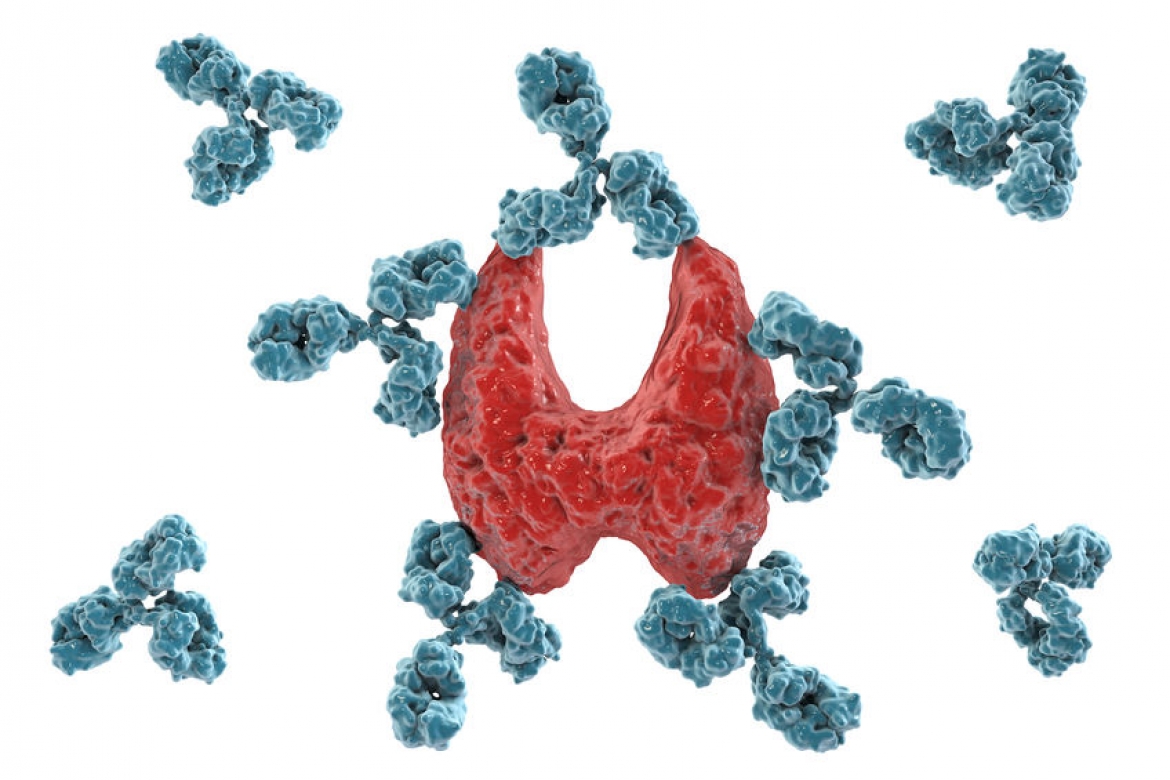





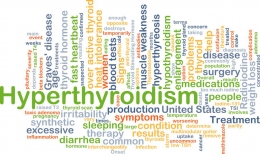
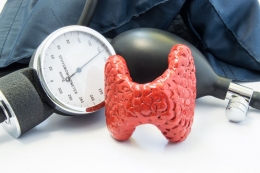
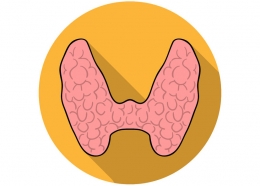
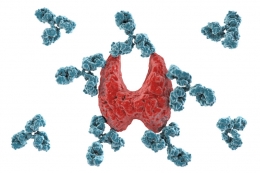



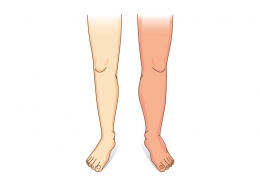
















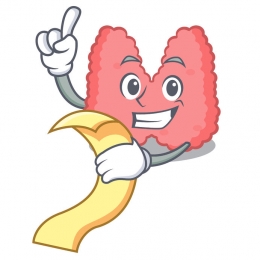


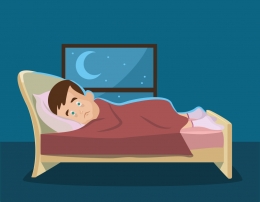
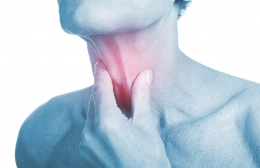
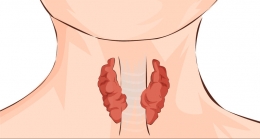



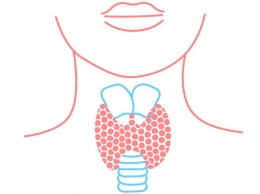











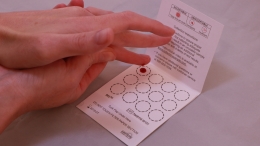



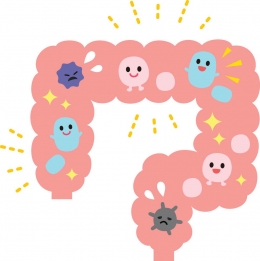




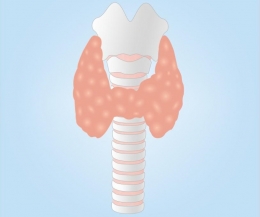
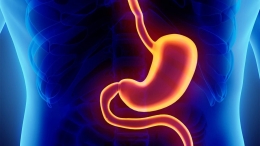
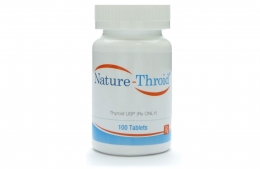







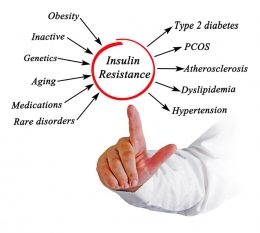
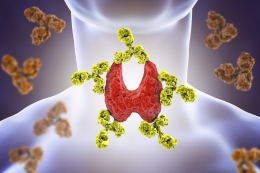

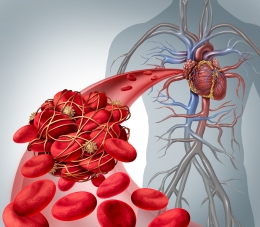
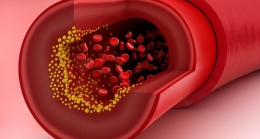


Leave a comment